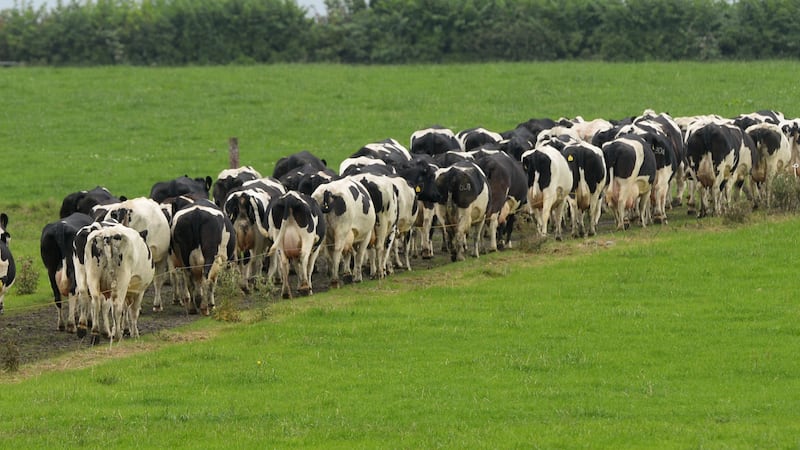Employment in the Irish economy has surpassed 2.3 million for the first time. According to the Central Statistics Office (CSO), the number of people employed here grew by 53,700 (2.4 per cent) to 2.32 million in the third quarter of 2019.
This is about 80,000 higher than the boom-time high of 2.23 million recorded in the fourth quarter of 2007 and reflects the current strength of the economy.
However, the CSO cautioned that the State has a bigger population now and a larger workforce than in 2007 and that the employment rate – the proportion of adults with jobs – is still below the pre-crash level.
Nonetheless the figures, contained in the CSO’s latest Labour Force Survey, show that employment in the economy has risen for 29 consecutive quarters since 2013, the official low point of the crash.
The survey showed employment increased in nine of the 14 economic sectors over the year with largest increase (+12.9 per cent +13,000) recorded in the financial, insurance and real estate sector.
The largest decrease was in agriculture, forestry and fishing, which fell by 5.2 per cent or 5,500.
Irish agriculture
The fall in the agricultural employment was linked to the UK’s uncertain Brexit process. Irish agriculture relies heavily on the UK market and is the most exposed to major change in the Republic’s trading arrangements with the UK.
The headline rate of unemployment for the third quarter was put at 4.9 per cent, equating to 128,000 people, its lowest level since 2007. The figures show unemployment fell by 11 per cent or 15,800 in the year to the end of September.
Employment among non-Irish nationals grew by 5.2 per cent in the third quarter, relative to 1.8 per cent for Irish nationals. By nationality, the fastest component of the non-Irish contingent is non-Europeans, who saw their employment grew 11.3 per cent in the third quarter.
Goodbody analyst Alexander Wilson noted that immigration continued to be an important source of employment. “Given the tightness of the labour market, further employment growth will require ongoing strong immigration flows.”
Continued growth
Minister for Finance Paschal Donohoe said: “At this crucial juncture, it is imperative that economic policy supports continued growth in a sustainable way, protecting the economy against external risks while managing the risk of potential overheating.”
“The package of measures announced in Budget 2020 will ensure that, were a disorderly UK exit from the EU to materialise, appropriate support can be provided to protect against the worst economic effects,” he said.
















